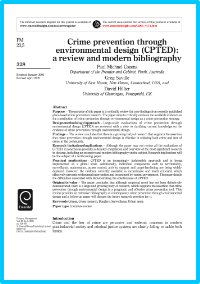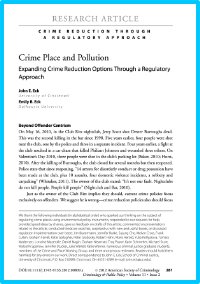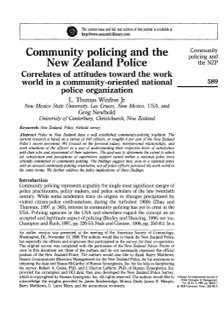By: Graham Farrell and Ken Pease
The attempt to reduce
the number of crime events and/or
the loss and harm resulting from crime events
is the core work of both the security industry and the police, with their local authority partners. The difference is that the former does its work for its employers (where the security is in-house) or for paying clients. The police act as the National Health Service to the security industry’s BUPA, with many of the same tensions that arise at the points of connection.
This chapter seeks to outline key aspects of criminology that, in the view of the authors, make a significant and continuing contribution to the security industry. Its main aim therefore, is to present an introduction to crime prevention and crime science for a readership working in the security industry. Enough case studies of successful crime reduction efforts have now been published to provide a source of information and possible emulation for anyone in the public or private sector seriously interested in crime and loss reduction.
August 2005 Chapter forthcoming in M. Gill (Ed.) The Handbook of Security. Perpetuity Press.





















